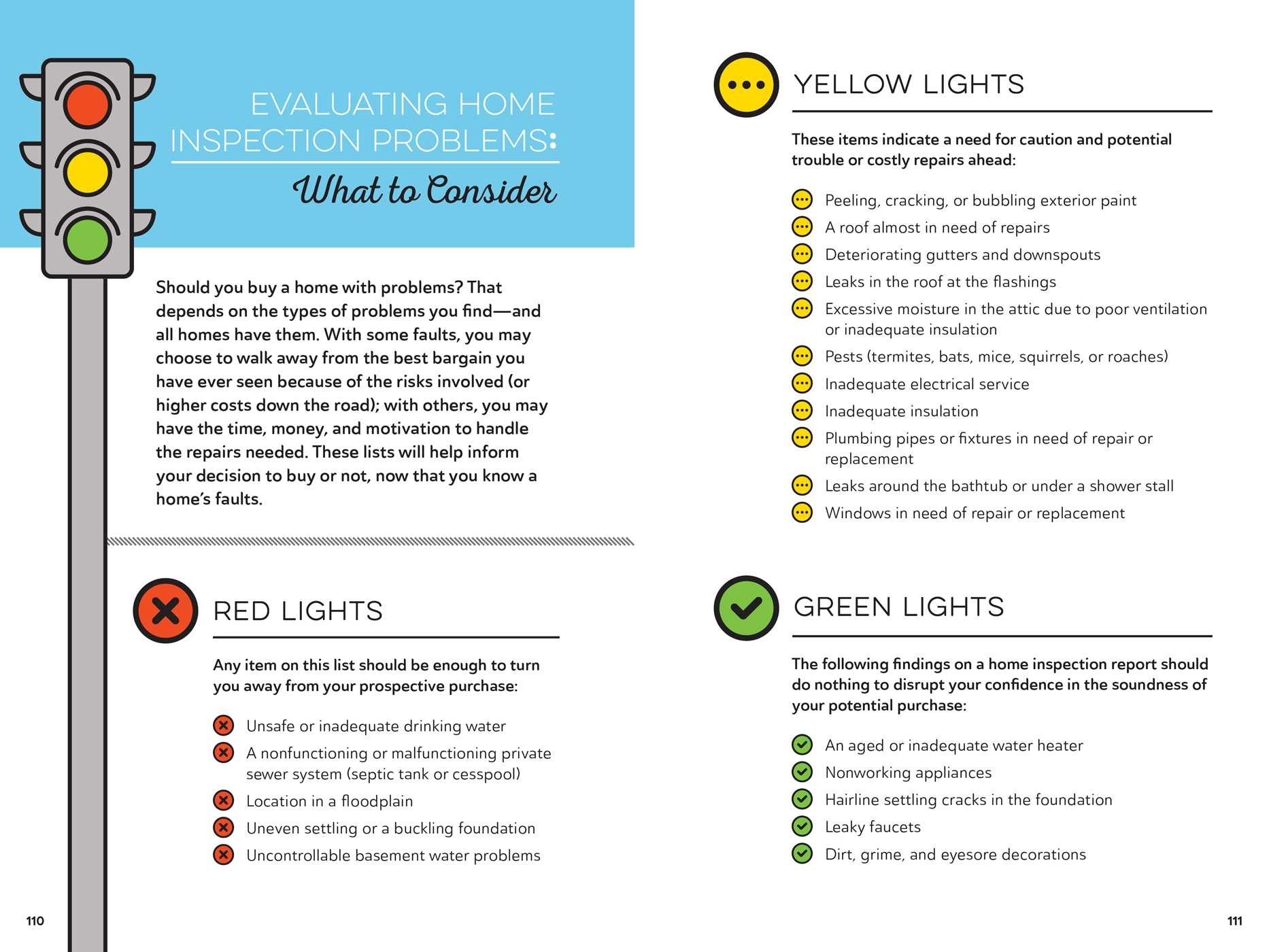The Value Of Roof Covering Ventilation In Getting An Effective Installment
The Value Of Roof Covering Ventilation In Getting An Effective Installment
Blog Article
Content Develop By-Morrow copyright
When you're taking on a roof covering task, you could not think much concerning roof covering ventilation, but it's even more vital than you recognize. Reliable air flow assists regulate temperature level and dampness in your attic, avoiding troubles like mold and structural damage. By understanding how to develop and install a balanced air flow system, you can improve power efficiency and prolong the lifespan of your roof materials. So, what are the essential factors to think about during installment that can make all the difference?
Relevance of Roof Ventilation
Roof covering air flow plays an essential role in maintaining the general health and wellness of your home. By permitting fresh air to circulate with your attic, it helps regulate temperature and dampness levels. This equilibrium is necessary to protect against warm build-up during hot months, which can bring about boosted energy costs as your air conditioning works overtime.
Additionally, correct air flow significantly lowers the danger of moisture-related problems like mold and mildew and mold. If https://www.startribune.com/walking-wet-roofs/567351702/ climb, your home's architectural integrity can be compromised, bring about expensive repairs. You would not want to take care of decomposing wood or distorted roof materials, right?
In addition, sufficient ventilation expands the life expectancy of your roofing system. When warmth and wetness are kept in check, your roof can carry out ideally, avoiding premature damage. This means fewer headaches and expenses down the line.
How Roofing Air Flow Works
Efficient roofing system ventilation relies on the natural activity of air to produce an equilibrium in between consumption and exhaust. When you mount vents, you're basically permitting fresh air to enter your attic while allowing hot, stagnant air to run away. This procedure helps regulate temperature and dampness levels, protecting against concerns like mold and mildew growth and roof covering damage.
Intake vents, generally discovered at the eaves, reel in trendy air from outside. On the other hand, exhaust vents, situated near the ridge of the roofing system, allow hot air surge and exit. The distinction in temperature develops a natural air flow, referred to as the stack result. As warm air increases, it creates a vacuum that pulls in cooler air from the lower vents.
To enhance this system, you require to make sure that the intake and exhaust vents are correctly sized and placed. If the intake is restricted, you won't accomplish the desired air flow.
Furthermore, go to this site can trap heat and wetness, causing potential damages.
Trick Setup Considerations
When setting up roof air flow, numerous essential considerations can make or damage your system's performance. First, you require to examine your roofing system's layout. The pitch, form, and materials all affect airflow and ventilation selection. See to it to select vents that suit your roofing type and regional climate conditions.
Next, think about the positioning of your vents. Ideally, you'll desire a well balanced system with intake and exhaust vents placed for optimum airflow. Place consumption vents short on the roof covering and exhaust vents near the height to urge a natural flow of air. This configuration assists stop dampness build-up and promotes power efficiency.
Do not forget insulation. Correct insulation in your attic avoids heat from running away and keeps your home comfy. Make certain that insulation doesn't obstruct your vents, as this can prevent airflow.
Last but not least, think about maintenance. Pick ventilation systems that are very easy to gain access to for cleaning and evaluation. Routine upkeep guarantees your system remains to operate efficiently gradually.
Final thought
In conclusion, roofing system air flow is necessary for a successful installation. By making sure proper air flow, you can protect against warm build-up and wetness problems that lead to expensive damage. When you strategically setting intake and exhaust vents, you enhance energy performance and lengthen the lifespan of your roofing system. Remember, a well-ventilated roofing system not just shields your investment but also enhances your interior air quality. So, prioritize air flow to guarantee a durable and affordable roof for your home.
